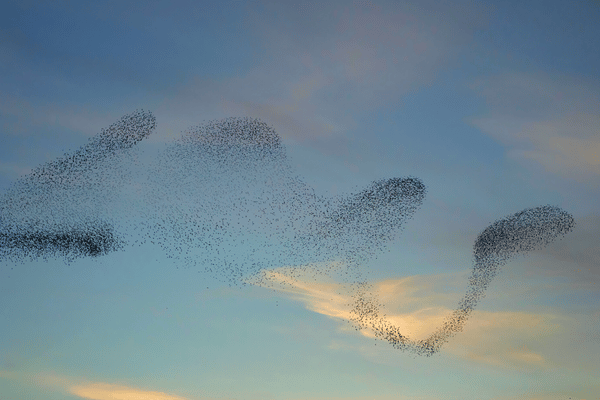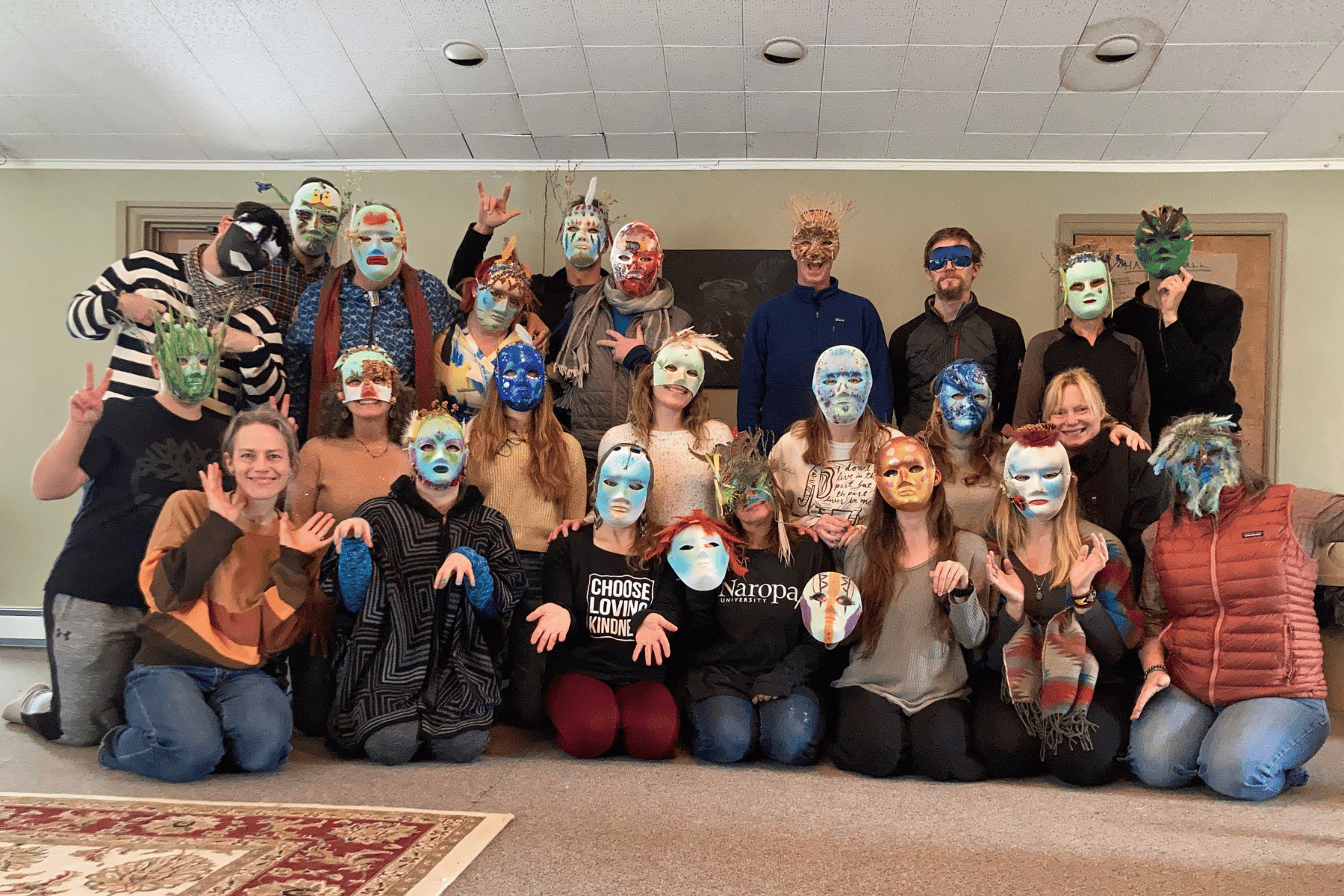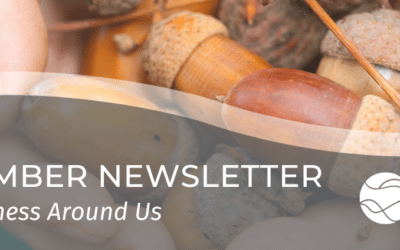Those familiar with PRATI understand that embedded in our mission is a goal to restore a relational paradigm of health and healing. Perhaps it would be easier to say that our own health and healing is interdependent on the health and healing of others, and the more-than-human world.
While our KAP trainings are foundational to our work, they are a fractal of our organizational purpose to restore connection to the sacredness of self, community, nature, and spirit. At our core, we are trying to embody a new story about how we collectively want to be and act together as we walk together in tune with the mystery of life. We won’t pretend that this is easy work, especially when our cultural mindset of hierarchy and disconnection has resulted in the commodification of people and our planet and the illusion of predictability and control. This destructive mindset is pervasive, and it is reinforced by the illusion that our everyday lives are normal and not to be questioned, as though there is no other way.
Is it normal to have armed guards in schools? Why do we all carry toxic chemicals in our body? How has access to nature become determined by race and class? We’re finding plastic particles in the snow at the highest peaks of the Colorado Rockies and are in the midst of a suicide and opioid epidemic. These things are connected, and while many still don’t blink an eye when they hear this litany of news, it is clear that the emperor has no clothes.
As we move through our collective work, we must remind ourselves about the interrelationship between our inner world and our outer world. As the poet Wendel Berry wrote:
“We have lived our lives by the assumption that what was good for us was good for the world. We have been wrong. We must change our lives so that it will be possible to live by the contrary assumption, that what is good for the world will be good for us.”
As living beings, we are imbued with a creative life force, and we are called to imagine a different path. We know we must change our lives — and we’re also capable of doing so. It is the way of all life.
I’m blessed to witness this creative spark as faculty at our trainings. This January, we hosted our first Group KAP training, and it was a joy to be a part of. We know from shared medical appointments that groups can build community,improve outcomes, and reduce costs. We also know that psychedelic communitas, or the intersubjective experience, can predict enduring changes in well-being. In groups, something bigger emerges that takes hold when the intersubjective space and connection is cultivated. I see this power and beauty of groups as akin to the murmuration of birds, and the emergent creativity at our January Group KAP in the snowy mountains at Sunrise Ranch was life-giving and awe-inspring.
WHAT IS ORDINARY OR NON-ORDINARY?
What is ordinary, or normal, is culturally defined. So, when we refer to mystical, shamanic, dream, or meditative states as non-ordinary states of consciousness, we relegate these states of consciousness as lesser, by default. Why should it be considered non-ordinary to communicate with the more-than-human world or the intersubjective space?
The spiritual leader Thich Nhat Hanh is credited with the term interbeing. As he describes,
“I was looking for an English word to describe our deep interconnection with everything else. I liked the word “togetherness,” but I finally came up with the word “interbeing.” The verb “to be” can be misleading, because we cannot be by ourselves, alone. “To be” is always to “inter-be.” If we combine the prefix “inter” with the verb “to be,” we have a new verb, “inter-be.” To inter-be and the action of interbeing reflects reality more accurately. We inter-are with one another and with all life.”
He explores this idea as well in the following poem:
Interrelationship
You are me, and I am you.
Isn’t it obvious that we “inter-are”?
You cultivate the flower in yourself,
so that I will be beautiful.
I transform the garbage in myself,
so that you will not have to suffer.
I support you;
you support me.
I am in this world to offer you peace;
you are in this world to bring me joy.
(from “Call me by My True Names – The Collected Poems of Thich Nhat Hanh”, Parallax Press, 2005.)
I am drawn to this idea of inter-being, and it feels closely aligned to the PRATI ethos, for when we inter-be we are able to access the Wholeness within us and, in so doing, heal our wounds of separation by revealing our true nature.
GROUP INTEGRATION AS INTER-BEING
At our group training, we explored non-verbal integration, haikus, sound baths, and mask-making as ecological integration. There is nothing more reassuring and life-affirming than to see a bunch of self-described non-artist adults grouped around glue guns, painting masks, immersed in the imaginal realm. As well, we introduced emergent dialogue, a beautiful practice designed to sense into the relational space, or WE space, as a means to transcend the individual self.
I am heartened by the reception to the new path that we co-evolving. I am grateful for the PRATI team, our new faculty, our alumni community, and our supporters across the planet. In the next few months, we will launch a training on End of Life and Existential Distress. Stay tuned for more information.
Nevertheless, in a world in which we humans seek certainty and predictability, just over two weeks ago the world learned about an earthquake that has now caused the death of more than 42,000. As the staggering death toll continued to rise, I was in disbelief while feeling the unimaginable pain, suffering, and loss. If you’ve been equally consumed by the earthquake and its aftermath, or other pain for the world, I’d invite you to explore Tonglen Meditation, a practice that has been invaluable to me and which I’ve used to take in this pain and transmute it into love with every breath that I have. What a joy it is to do this work together.




